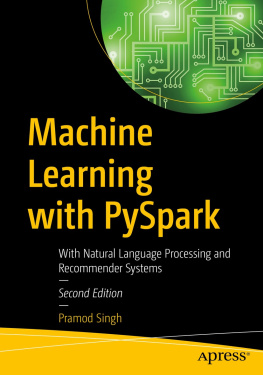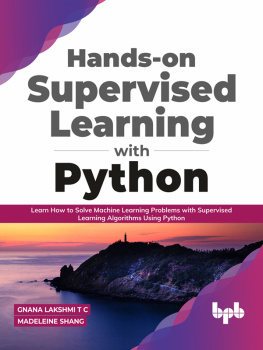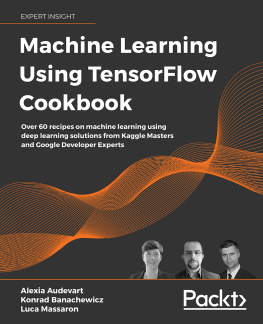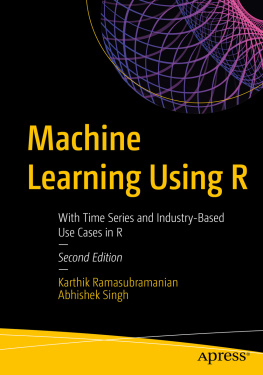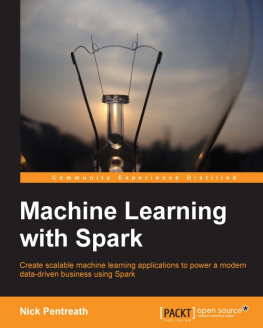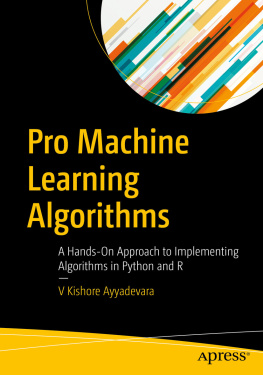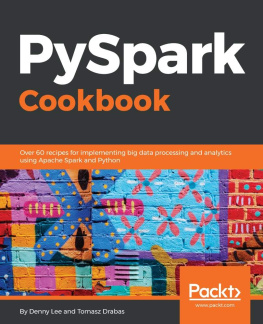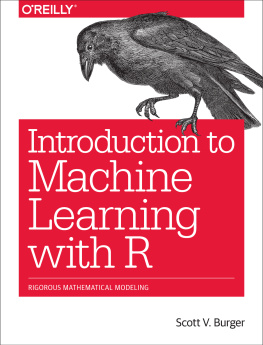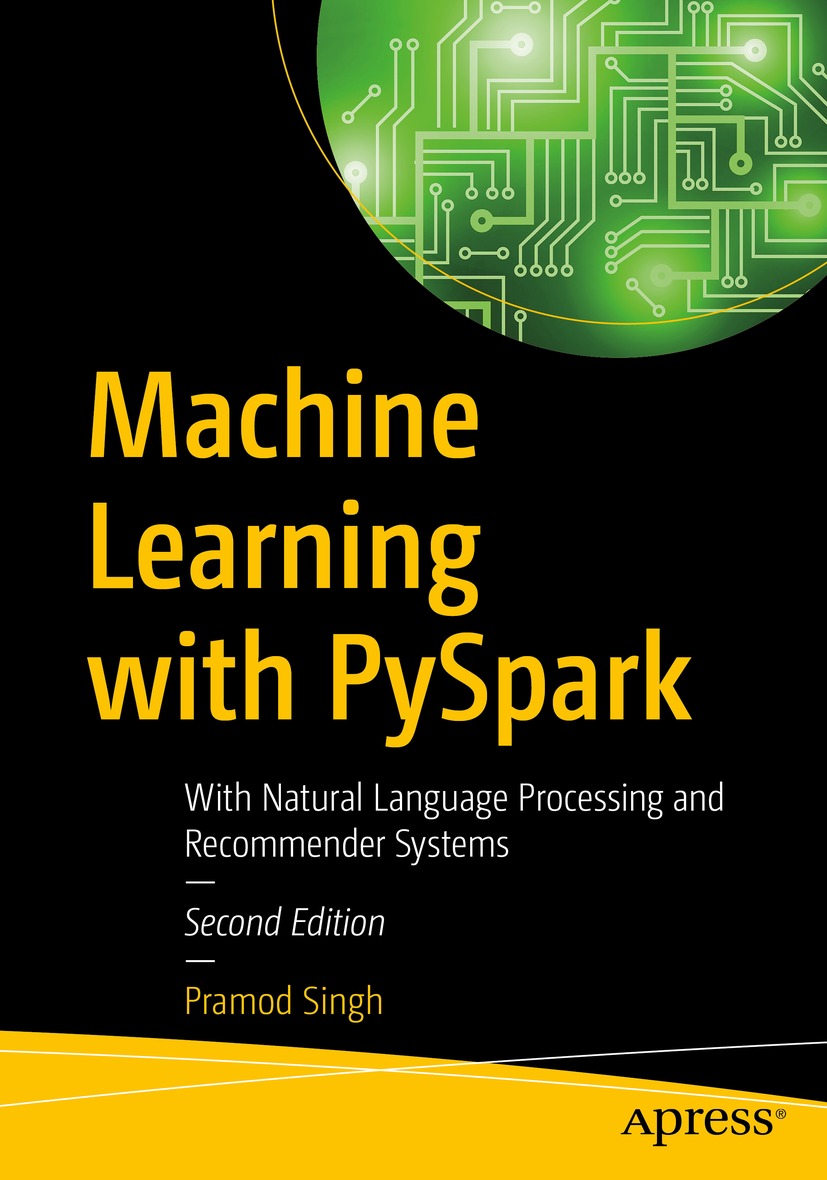Pramod Singh - Machine Learning with PySpark: With Natural Language Processing and Recommender Systems
Here you can read online Pramod Singh - Machine Learning with PySpark: With Natural Language Processing and Recommender Systems full text of the book (entire story) in english for free. Download pdf and epub, get meaning, cover and reviews about this ebook. year: 2021, publisher: Apress, genre: Computer. Description of the work, (preface) as well as reviews are available. Best literature library LitArk.com created for fans of good reading and offers a wide selection of genres:
Romance novel
Science fiction
Adventure
Detective
Science
History
Home and family
Prose
Art
Politics
Computer
Non-fiction
Religion
Business
Children
Humor
Choose a favorite category and find really read worthwhile books. Enjoy immersion in the world of imagination, feel the emotions of the characters or learn something new for yourself, make an fascinating discovery.
- Book:Machine Learning with PySpark: With Natural Language Processing and Recommender Systems
- Author:
- Publisher:Apress
- Genre:
- Year:2021
- Rating:4 / 5
- Favourites:Add to favourites
- Your mark:
Machine Learning with PySpark: With Natural Language Processing and Recommender Systems: summary, description and annotation
We offer to read an annotation, description, summary or preface (depends on what the author of the book "Machine Learning with PySpark: With Natural Language Processing and Recommender Systems" wrote himself). If you haven't found the necessary information about the book — write in the comments, we will try to find it.
Master the new features in PySpark 3.1 to develop data-driven, intelligent applications. This updated edition covers topics ranging from building scalable machine learning models, to natural language processing, to recommender systems.
Machine Learning with PySpark, Second Edition begins with the fundamentals of Apache Spark, including the latest updates to the framework. Next, you will learn the full spectrum of traditional machine learning algorithm implementations, along with natural language processing and recommender systems. Youll gain familiarity with the critical process of selecting machine learning algorithms, data ingestion, and data processing to solve business problems. Youll see a demonstration of how to build supervised machine learning models such as linear regression, logistic regression, decision trees, and random forests. Youll also learn how to automate the steps using Spark pipelines, followed by unsupervised models such as K-means and hierarchical clustering. A section on Natural Language Processing (NLP) covers text processing, text mining, and embeddings for classification. This new edition also introduces Koalas in Spark and how to automate data workflow using Airflow and PySparks latest ML library.
After completing this book, you will understand how to use PySparks machine learning library to build and train various machine learning models, along with related components such as data ingestion, processing and visualization to develop data-driven intelligent applications
What you will learn:
- Build a spectrum of supervised and unsupervised machine learning algorithms
- Use PySparks machine learning library to implement machine learning and recommender systems
- Leverage the new features in PySparks machine learning library
- Understand data processing using Koalas in Spark
- Handle issues around feature engineering, class balance, bias and variance, and cross validation to build optimally fit models
Who This Book Is For
Data science and machine learning professionals.Pramod Singh: author's other books
Who wrote Machine Learning with PySpark: With Natural Language Processing and Recommender Systems? Find out the surname, the name of the author of the book and a list of all author's works by series.

